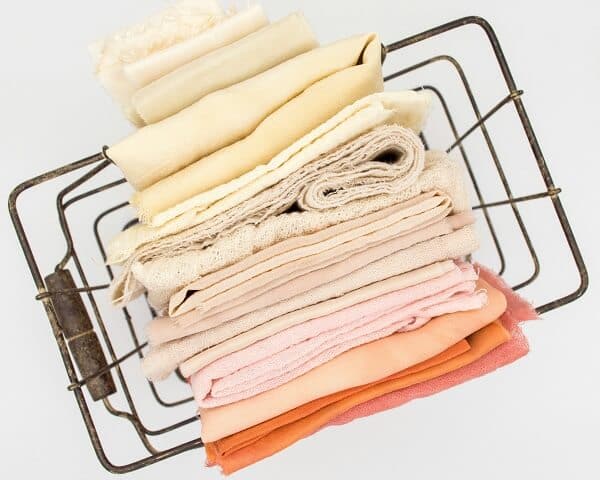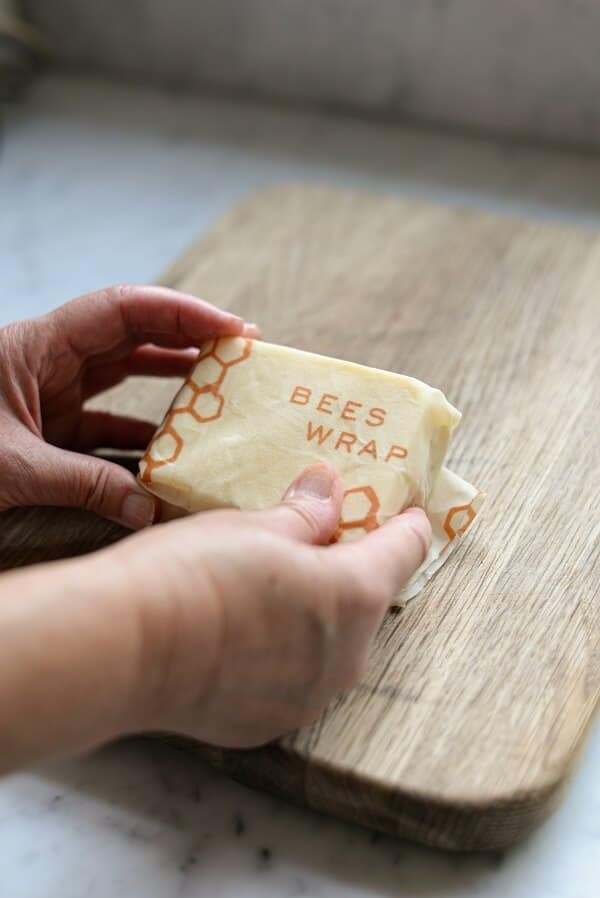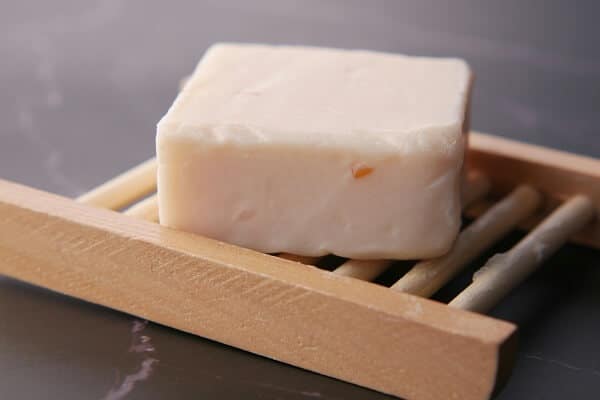Introduction
Living sustainably doesn’t have to be difficult or expensive. As more people are becoming aware of the environmental challenges we face, zero-waste swaps and a zero-waste lifestyle is gaining popularity. But what does it mean to live “zero-waste”? It’s about minimizing the amount of waste we produce by making small, mindful changes in our everyday lives. The best part? You don’t need to overhaul your entire home to get started. By swapping out a few common household items for zero-waste alternatives, you can reduce your environmental footprint, save money, and contribute to a healthier planet.
In this post, we’ll walk you through 10 easy zero-waste swaps that you can implement in your home today. From the kitchen to the bathroom, these simple changes will make a significant impact on the amount of waste you produce—and help you live a more eco-friendly life.
1. Ditch Paper Towels for Reusable Cloths

Paper towels are convenient but incredibly wasteful. The U.S. alone discards millions of tons of paper towels each year. Instead, invest in a set of reusable cloths or rags made from natural fibers like cotton or bamboo. These cloths can be washed and reused, drastically reducing the waste that paper towels generate.
Tip: Keep a designated basket for dirty cloths in your kitchen and toss them in the laundry with your towels at the end of the week.
2. Switch Plastic Wrap for Beeswax Wraps

Plastic wrap is a single-use product that contributes to both waste and pollution. A great alternative is beeswax wraps, which are reusable, biodegradable, and made from natural materials. They’re perfect for covering bowls, wrapping sandwiches, or keeping food fresh without the plastic waste.
Tip: Beeswax wraps are moldable, washable, and can last up to a year. When they wear out, you can compost them!
3. Use Reusable Shopping Bags

This swap is a no-brainer. Plastic bags are a significant source of pollution, clogging waterways and harming wildlife. By bringing your own reusable bags to the grocery store, you can avoid using plastic altogether. Many stores even offer discounts for using your own bags!
Tip: Keep a few reusable bags in your car or purse so you’re always prepared for spontaneous shopping trips.
4. Trade Plastic Bottles for a Refillable Water Bottle

The average American uses about 167 disposable water bottles per year. Imagine the difference if everyone switched to a reusable bottle! Stainless steel, glass, or BPA-free plastic bottles are great options for staying hydrated without contributing to the plastic waste problem.
Tip: Invest in a high-quality reusable water bottle that keeps drinks hot or cold. You’ll be more motivated to use it if it’s convenient and looks stylish.
5. Replace Disposable Razors with a Safety Razor

Disposable razors might be cheap, but they’re not cost-effective or eco-friendly in the long run. A safety razor is a fantastic zero-waste swap because it lasts forever with minimal waste—only the blade needs to be replaced, and it can be recycled.
Tip: Safety razors may seem intimidating, but they offer a closer shave and are much more affordable over time than constantly buying disposable razors.
6. Choose Bar Soap Over Liquid Soap in Plastic Bottles

Switching from liquid soap in plastic bottles to bar soap can make a big difference. Bar soap typically comes in minimal packaging and lasts longer. Plus, there are plenty of zero-waste brands that offer organic and natural options, free from harmful chemicals.
Tip: Look for soap brands that use compostable or recyclable packaging. Store your soap in a dish that allows it to dry between uses to make it last even longer.
7. Swap Plastic Toothbrushes for Bamboo Toothbrushes

Plastic toothbrushes take over 400 years to decompose. A bamboo toothbrush is a much better alternative since it’s made from a renewable resource and is biodegradable. It works just as well as plastic toothbrushes but leaves a much smaller footprint.
Tip: After your bamboo toothbrush has reached the end of its life, compost the handle and recycle the bristles (if they’re recyclable).
8. Replace Single-Use Coffee Pods with a French Press or Reusable Pods

Coffee lovers, this one’s for you. Single-use coffee pods generate a tremendous amount of plastic waste. Instead, try using a French press or a drip coffee maker with a reusable filter. If you can’t give up your coffee machine, consider switching to reusable pods that can be filled with your favorite grounds.
Tip: French press coffee is not only more sustainable but also richer in flavor. Plus, it’s easy to compost the coffee grounds afterward!
9. Opt for Refillable Cleaning Products

Many household cleaning products come in plastic bottles that are thrown away after just one use. Instead, look for companies that offer refillable cleaning solutions. You can either refill your containers at bulk stores or buy cleaning concentrates that you mix with water at home.
Tip: Some zero-waste stores also offer cleaning tabs that dissolve in water—no plastic bottles required!
10. Say Goodbye to Disposable Menstrual Products

Women’s menstrual products contribute significantly to landfills every year. By switching to reusable alternatives like menstrual cups, period underwear, or cloth pads, you can save money and reduce waste. These products are not only better for the environment but also for your body, as they’re free from harmful chemicals found in disposable products.
Tip: Menstrual cups can last up to 10 years, making them an economical and eco-friendly choice.
Frequently Asked Questions About Sustainable Living and Zero-Waste Lifestyles
1. What is zero-waste living?
Zero-waste living is a lifestyle that aims to reduce waste by reusing, recycling, and composting as much as possible. The goal is to send as little waste to landfills as you can.
2. Why should I switch to a zero-waste lifestyle?
Switching to a zero-waste lifestyle helps reduce pollution, conserve resources, and lower your carbon footprint. It can also save you money over time by cutting down on disposable, single-use products.
3. Is zero-waste living expensive?
Not necessarily! While some zero-waste products may have a higher upfront cost, they usually last longer and save you money in the long run. For example, a reusable water bottle or cloth towels may cost more than their disposable counterparts, but they pay off with repeated use.
4. How can I make a zero-waste lifestyle more manageable?
Start small. Focus on one area of your life at a time, like the kitchen or bathroom. Make one swap and get comfortable with it before moving on to the next. Over time, these small changes will add up.
Conclusion
Living a zero-waste lifestyle doesn’t require extreme changes overnight. By incorporating these 10 easy zero-waste swaps into your home, you’re taking significant steps toward reducing your environmental impact. Each of these swaps is affordable, accessible, and simple to implement, so there’s no reason not to start today. Whether you’re switching from disposable razors to safety razors or replacing single-use coffee pods, these small changes lead to a big difference in the long run. Ready to make your home more sustainable? Start with one of these swaps and watch how quickly you can reduce your waste footprint
Pingback: Where to Buy Certified Eco-Friendly Products in Canada: Your Complete Guide - Ecological Crusader
Comments are closed.